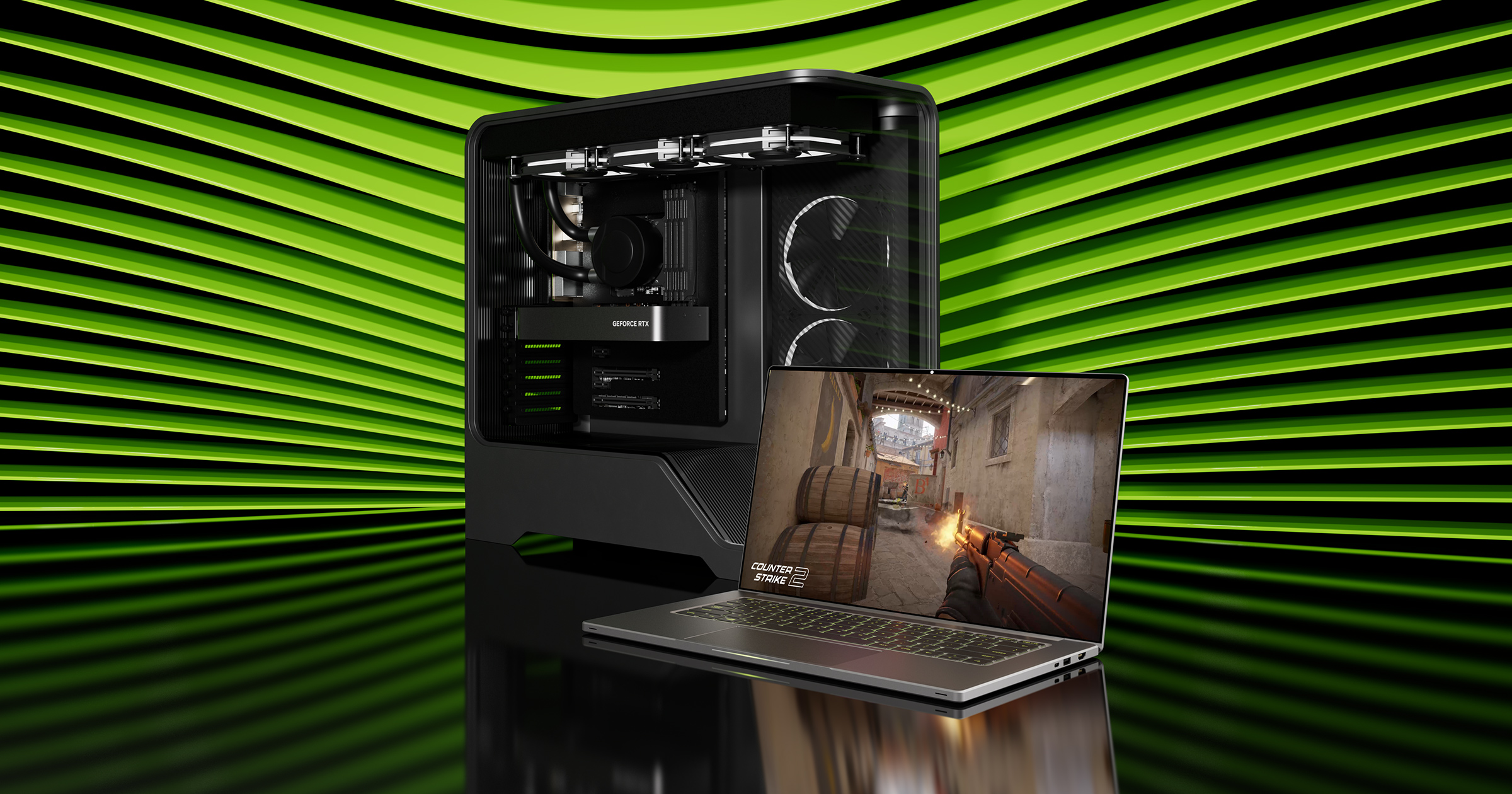
NVIDIA is expanding its Blackwell RTX family with the new GeForce RTX 5050 GPUs for desktops and laptops. As games gain ever-increasing levels of detail, feature larger open worlds, and innovate with new gameplay, the GPU horsepower required to render them increases, necessitating an upgrade to continue playing at smooth frame rates. Tens of millions of gamers on older Pascal, Turing, or Ampere-based GPUs can benefit from a huge increase in performance and capabilities in today’s modern games with RTX 5050.
Table of Contents
NVIDIA GeForce RTX 5050 starts at US$249
GeForce RTX 5050 graphics cards arrive in the second half of July starting at US$249, and will be available from partners including ASUS, Colorful, Gainward, Galaxy, GIGABYTE, INNO3D, MSI, Palit, PNY, and ZOTAC. They will also be available in pre-built desktops from system builders and integrators.
Each GeForce 5050 graphics card is powered by a single PCIe 8-pin cable, drawing a maximum of 130 Watts at stock speeds, making it great for systems with power supplies delivering as little as 550 Watts. GeForce 5050 graphics cards have a minimum Base Clock speed of 2.31GHz, and are equipped with 2,560 NVIDIA Blackwell CUDA Cores, our 5th Generation AI Tensor Cores, 4th Generation Ray Tracing Cores, a 9th Generation NVIDIA Encoder (NVENC), 6th Generation NVIDIA Decoder (NVDEC), and 8GB of GDDR6 video memory on a 128-bit memory bus.
GeForce RTX 5050 Laptops Available Now
Laptops equipped with the new GeForce RTX 5050 GPU are available starting today from global retailers, with prices beginning at US$999. The RTX 5050 Laptop GPU features 8GB of GDDR7 video memory, running at 24 Gbps. GDDR7 memory can be up to 2X more energy-efficient than GDDR6, contributing to extended battery life in laptops. Better memory efficiency also reduces heat output, enabling laptops to run quieter and cooler while gaming and creating content.
GeForce RTX 5050 Laptop GPUs deliver faster performance, averaging 2.4X faster in traditional rasterised games and over 4X faster with DLSS 4 and Multi Frame Generation enabled, compared to the RTX 3050 Laptop GPU across a range of games.
Read more at our GeForce News blog: https://www.nvidia.com/en-us/geforce/news/rtx-5050-desktop-gpu-and-laptops/





